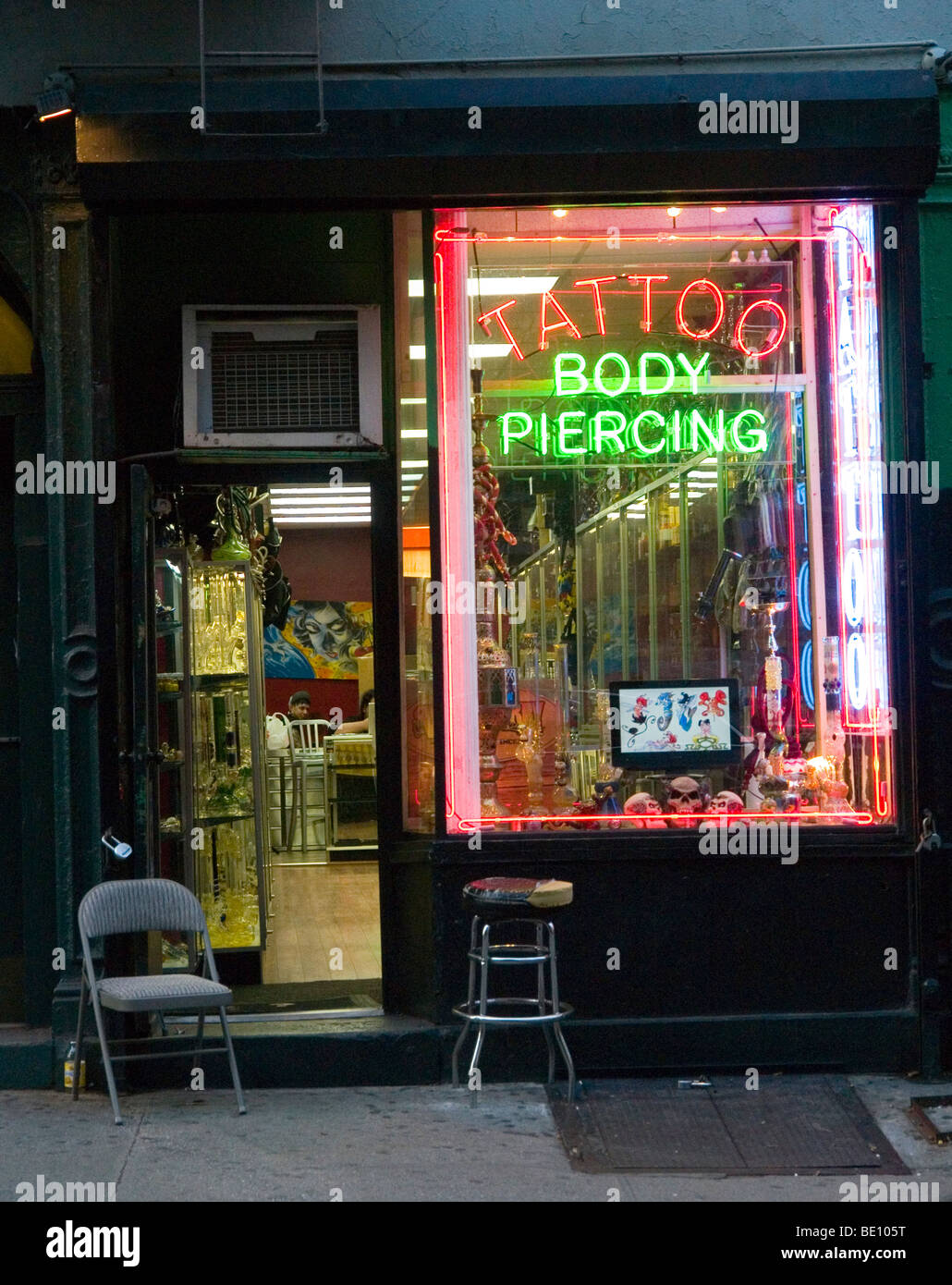The word tattoo, or tattow in the 18th century, is a loanword from the Samoan word tatau, meaning "to strike". The Oxford English Dictionary gives the etymology of tattoo as "In 18th c. tattaow, tattow. From Polynesian (Samoan, Tahitian, Tongan, etc.) tatau. In Marquesan, tatu." Prior to the importation of the Polynesian word, the practice of tattooing had been described in the West as painting, scarring or staining.The etymology of the physique modification term is not to be confused with the origins of the word for the military drumbeat or performance — see military tattoo. In this case, the English word tattoo is derived from the Dutch word taptoe.The 1st written reference to the word tattoo (or tatau) appears in the journal of Joseph Banks (24 February 1743 – 19 June 1820), the naturalist aboard explorer James Cook's ship HMS Endeavour: "I shall now mention the way they mark themselves indelibly, every single of them is so marked by their humour or disposition".[5] The word tattoo was brought to Europe by Cook, when he returned in 1769 from his very first voyage to Tahiti and New Zealand. In his narrative of the voyage, he refers to an operation called "tattaw".
Tattoo enthusiasts could refer to tattoos as "ink", "pieces", "skin art", "tattoo art", "tats" or "work"; to the creators as "tattoo artists", "tattooers" or "tattooists"; and to locations where they perform as "tattoo shops", "tattoo studios" or "tattoo parlors".Mainstream art galleries hold exhibitions of both standard and custom tattoo styles, such as Beyond Skin, at the Museum of Croydon. Copyrighted tattoo designs that are mass-developed and sent to tattoo artists are known as "flash", a notable instance of industrial style.[8] Flash sheets are prominently displayed in a lot of tattoo parlors for the objective of supplying each inspiration and ready-produced tattoo photos to customers.
The Japanese word irezumi indicates "insertion of ink" and can mean tattoos utilizing tebori, the conventional Japanese hand method, a Western-style machine or any approach of tattooing utilizing insertion of ink. The most common word used for classic Japanese tattoo designs is horimono. Japanese might use the word tattoo to mean non-Japanese styles of tattooing.
Related Images with EXCLUSIVE: Woman sues Harlem tattoo shop after infection NY Daily News
A Tattoo and Body Piercing store in Greenwich Village, New York City Stock Photo: 25837668 Alamy

8 Awesome Tattoo Shops in NYC for Every Style

The Canvases Walk in the Door The New York Times

Tribal Tattoos Rising Dragon, One Of The Best Tattoo Shops In NYC
thank you for visiting this page about best tattoo shops in nyc, i hope you enjoy it.



Post a Comment
Post a Comment